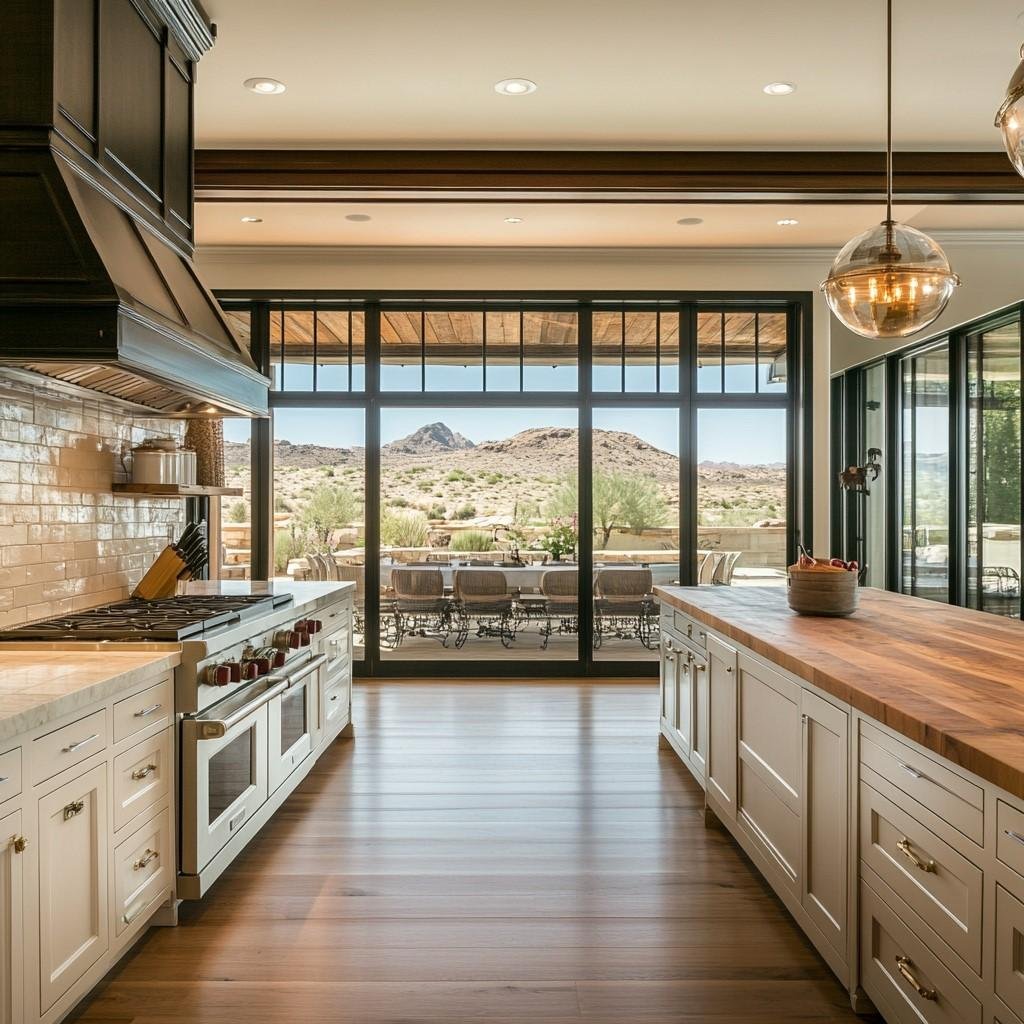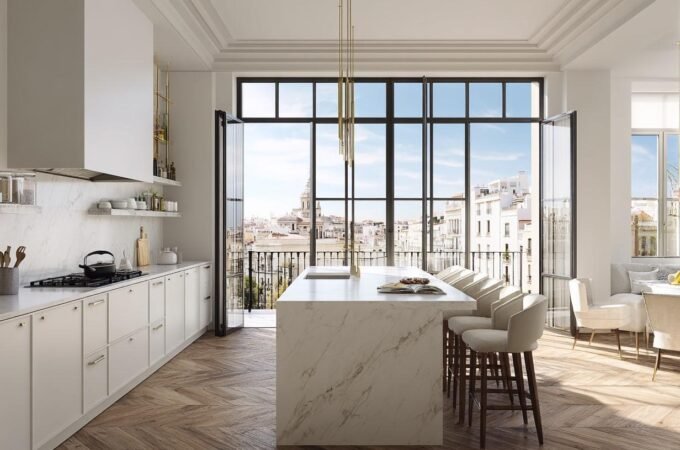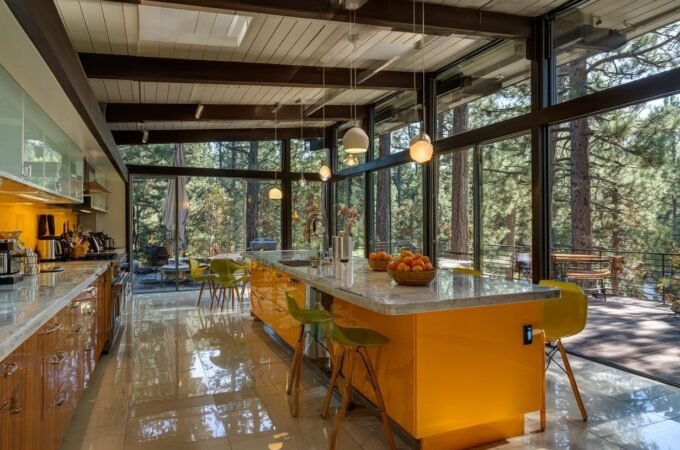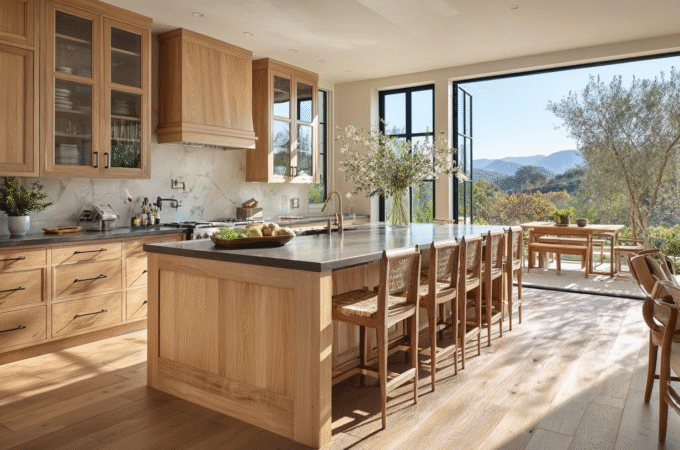
Save Money with Do It Yourself Kitchen Cabinets A Complete How-To
Kitchen cabinets are a major component of any kitchen remodel, often accounting for a significant portion of the budget. While hiring professionals to design and install cabinets ensures quality and convenience, it can be costly. If you’re looking to save money and enjoy the satisfaction of crafting your own kitchen, do-it-yourself (DIY) kitchen cabinets offer an excellent solution. This complete how-to guide will walk you through the essentials of building your own cabinets, from planning to installation, helping you achieve a stylish and functional kitchen without breaking the bank.
Why Choose DIY Kitchen Cabinets?
Opting for DIY kitchen cabinets brings several advantages beyond just cost savings. Building your own cabinets allows for full customization to fit your kitchen’s layout and style preferences. It also gives you control over material quality and finishes. Plus, the experience can be rewarding, boosting your confidence in home improvement projects.
Planning Your DIY Kitchen Cabinets Project
Successful cabinet building begins with thorough planning. Start by assessing your kitchen space and determining the number and sizes of cabinets needed.
- Measure Accurately: Use a tape measure to record wall lengths, ceiling height, and any obstacles such as windows, doors, and appliances.
- Create a Layout: Sketch your kitchen layout, marking cabinet placement to ensure functionality and flow. Consider door swing clearance and countertop workspace.
- Choose Your Style: Decide whether you want framed or frameless cabinets, shaker-style doors or flat panels, and what finish suits your kitchen aesthetic. For beginners, simpler styles are easier to build.
Materials and Tools Needed
Gathering the right materials and tools is critical to building durable, attractive cabinets.
Materials:
- Plywood or MDF sheets for cabinet boxes
- Hardwood or MDF for cabinet doors
- Wood glue, screws, and nails
- Cabinet hinges, drawer slides, and handles
- Primer, paint, or stain for finishing
Tools:
- Circular saw or table saw for cutting panels
- Drill and screwdriver for assembly
- Clamps to hold pieces during gluing and screwing
- Orbital sander or sanding block for smooth surfaces
- Measuring tape, square, and level for accuracy
- Safety gear such as goggles and ear protection
Source quality materials from local lumber yards or home improvement stores. Consider buying pre-cut cabinet kits if you prefer convenience.
Step-by-Step Guide to Building DIY Kitchen Cabinets
1. Cutting the Panels:
Begin by cutting plywood or MDF to the required dimensions for your cabinet boxes — sides, bottoms, tops, shelves, and back panels.
2. Assembling Cabinet Boxes:
Use wood glue and screws to assemble the cut panels into box shapes. Employ clamps to hold edges while fastening for tighter joints. Ensure boxes are square using a carpenter’s square.
3. Constructing Doors and Drawers:
Build doors from hardwood or MDF, attaching decorative faces or panels as desired. For drawers, create boxes with drawer slides installed for smooth operation.
4. Sanding and Finishing:
Sand all surfaces thoroughly for a smooth finish. Apply primer before painting or staining to ensure color longevity and smoothness. Multiple thin coats yield the best results.
5. Installing Hardware:
Attach hinges to doors and mount them on cabinet boxes. Install drawer slides and fit handles or knobs securely.
6. Mounting Cabinets:
Locate wall studs with a stud finder and securely fasten cabinets to walls using long screws. Start with the upper cabinets to avoid blocking lower cabinet space.
Tips for Achieving a Professional Finish
- Precision is Key: Accurate measurements and cuts prevent gaps and misalignments. Double-check measurements before cutting.
- Use Clamps and Jigs: These tools help keep pieces steady and aligned during assembly.
- Surface Preparation: Proper sanding and priming ensure smooth paint or stain application.
- Hardware Installation: Measure carefully to ensure consistent placement of handles and hinges.
Common Challenges and How to Overcome Them
- Uneven Walls or Floors: Use shims to level cabinets for a professional appearance.
- Misaligned Doors and Drawers: Adjust hinges and slides to align cabinet doors perfectly.
- Wood Warping or Splitting: Use high-quality, kiln-dried wood and avoid exposure to moisture during construction.
- Time Management: Break the project into manageable steps and set realistic deadlines to avoid burnout.
Cost Comparison: DIY vs. Professional Kitchen Cabinets
Building your own cabinets can save up to 50-70% of the cost compared to hiring professionals. While DIY requires investment in tools and materials, the absence of labor fees results in substantial savings. For a typical kitchen, professional cabinetry installation might cost several thousand dollars, whereas a DIY project could cost a fraction of that depending on material choices.
However, professional services guarantee precise installation and often faster completion. If you lack experience or time, consider hybrid approaches such as DIY cabinet assembly with professional installation.
Maintenance and Care for DIY Kitchen Cabinets
Once installed, proper maintenance prolongs cabinet life and keeps them looking fresh:
- Clean regularly with mild soap and water; avoid harsh chemicals.
- Wipe spills promptly to prevent staining or damage.
- Tighten loose screws and hinges as needed.
- Repair minor scratches or dents with touch-up paint or wood filler.
Frequently Asked Questions (FAQs)
How much time does building DIY cabinets take?
Depending on skill level and kitchen size, expect several days to a few weeks from start to finish.
What skill level is needed for DIY kitchen cabinets?
Basic woodworking skills and familiarity with power tools are helpful; beginners should start with simpler designs.
Can DIY cabinets be as durable as professional ones?
Yes, with quality materials and careful construction, DIY cabinets can last many years.
Are there kits or resources to help with DIY cabinets?
Many retailers offer pre-cut cabinet kits and online tutorials, making DIY more accessible.
Conclusion
Building your own kitchen cabinets is a rewarding way to save money while customizing your kitchen to your taste and needs. With careful planning, quality materials, and attention to detail, you can create durable, stylish cabinets that transform your kitchen. Whether you’re a seasoned DIYer or new to woodworking, this project offers an opportunity to learn valuable skills and enjoy the pride of a self-made kitchen centerpiece.
Start your DIY kitchen cabinets project today and experience the satisfaction of combining creativity, craftsmanship, and cost savings in your home renovation.




